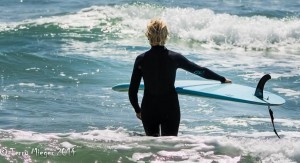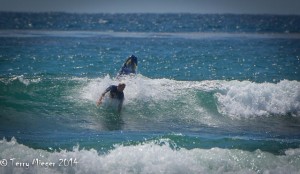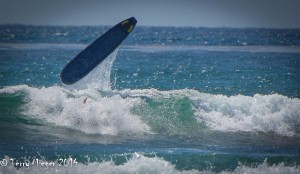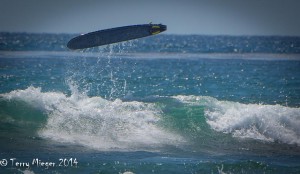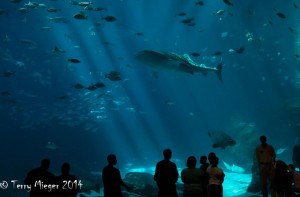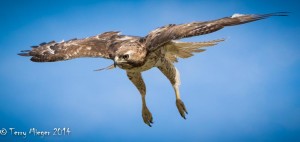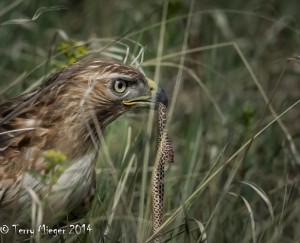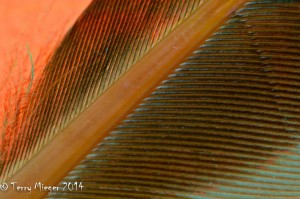Images from the Id – Surfin’ Safari or on the Beach?
North of the Birch Aquarium is the Cardiff State Beach. Not a particularly unique beach but fun for an inlander. Beach photography can be interesting because of the people and flotsam stranded on the beach. The people can range from surfers and sun bathers to gawking photographers 😉 It’s a joy just walking the edge of the water and trying not to get too wet, then an unusually high wave spoils your attempts.
It is very important to understand the damage salt and saltwater can do to a camera and lens. Always have a UV or Skylight filter on the lens, most of us do that anyway. Second be sure to wipe your equipment carefully with a fresh water dampened cloth to remove any salt etc. from the environment. You really don’t need more than one lens a good zoom such as my 80 mm – 400 mm is perfect even for closeups and debris. What to shot? Less obviously, look at somethings that are different such as; a line up of colorful surfboards, unusual arrangement of kelp etc. Look for colors, textures, repetitive forms or lines. Action is easier to find and can be great fun. The bikini clad girl playing impromptu volleyball is always fun. Then there are the surfers. Use your longest lens and a fast shutter to capture the action and try the slower shutter for showing motion, which is much more difficult. Look iconic positions and flying boards. As you know by now you will have to balance the exposure triangle (ISO-Aperture-Shutter Speed) toward shutter Speed. In fact, you may want to use “Shutter Priority”. Shot suffers with a fast shutter release, 6 frames per second or faster to get great sequences.
Have fun get your feet wet
Featured Image “When I’m 64” thanks to my wife for the title. This gal was 64. 1/1500 sec., f/6.7 (comment I prefer not to shot with the lens wide open if I have the choice. The smaller f-stops are sharper up to about f/16), 0 EV, ISO 200, 165 mm/247 mm. focal length. Processed in Lightroom 5.4.
“Oops” three images of a ten shot sequence, 1/1500 sec., f/6.7, 0 EV, ISO 200, 400 mm/600 mm focal length.


